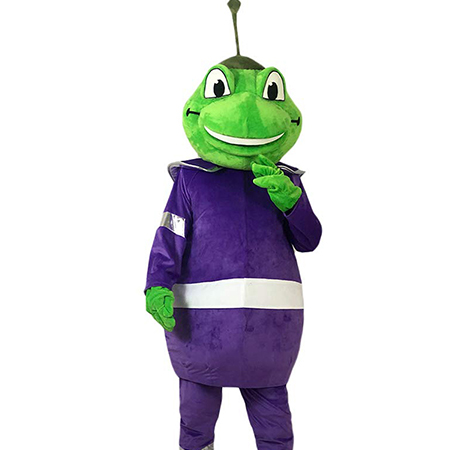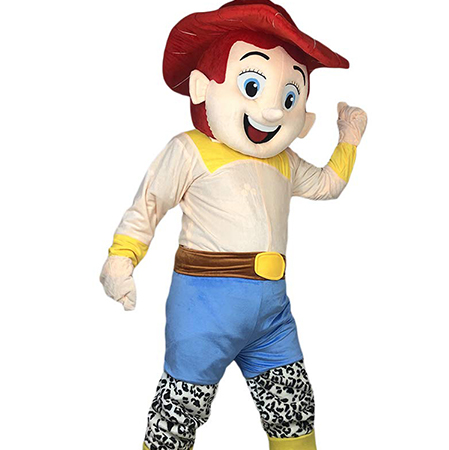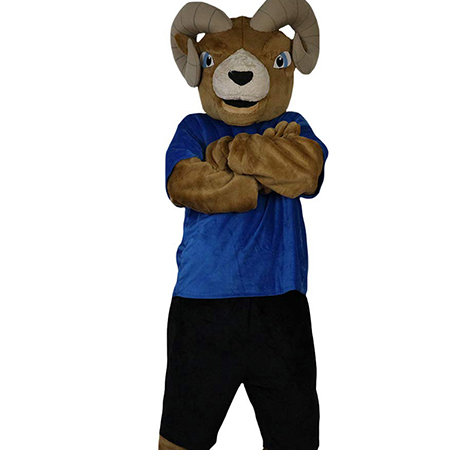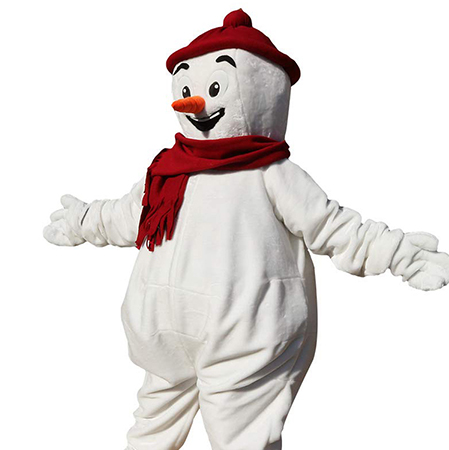Mascot costumes have evolved significantly over the years, thanks to technological advancements that have revolutionized their design and functionality. These enhancements aim to improve both performance and aesthetics, ensuring that mascots can captivate audiences with ease and comfort.
One of the key innovations in mascot costume design is the incorporation of lightweight materials. Traditional mascot costumes were often heavy, causing discomfort and restricting movement. However, advancements in textile engineering have introduced materials such as foam, neoprene, and spandex that are both light and durable. This not only enhances the wearer’s mobility but also increases overall endurance during performances.

Another significant breakthrough is the use of advanced cooling systems. Mascot costumes can be quite hot and stuffy, especially during long events or performances. Modern designs now feature integrated ventilation systems and moisture-wicking fabrics to maintain a comfortable body temperature. Some high-end designs even incorporate small fans and cooling pads, making it easier for performers to stay cool and hydrated.
Lighting and electronics have also played a crucial role in the evolution of mascot costumes. LED lights and fiber optics allow for vibrant and dynamic displays that can capture the audience’s attention. These lighting systems are often powered by rechargeable batteries, ensuring uninterrupted performance throughout an event. Additionally, built-in sound systems and microphones enable mascots to interact more effectively with the audience, enhancing engagement and entertainment value.

Artificial intelligence (AI) and robotics are pushing the boundaries of mascot costume design even further. Some of the most sophisticated costumes now feature robotic elements that can be controlled remotely. These AI-driven features allow for more complex movements and expressions, making mascots appear more lifelike and engaging. For instance, a robotic arm can mimic human gestures, while sensors can detect and respond to environmental factors such as sound and movement.
3D printing technology has also made its mark in mascot costume creation. This allows designers to produce intricate and custom-fitted components quickly and efficiently. The precision of 3D printing ensures that each piece fits perfectly, reducing the time and cost associated with traditional manufacturing methods. Customization options are virtually limitless, enabling teams and organizations to create unique and highly personalized mascot costumes.

Virtual reality (VR) and augmented reality (AR) offer exciting possibilities for the future of mascot costumes. While still in the experimental stages, these technologies could allow performers to interact with virtual environments, providing a new dimension to performances. Imagine a mascot appearing to walk through walls or interact with digital characters—such innovations could transform the way audiences experience live events.
The integration of smart textiles represents another frontier in mascot costume technology. These fabrics can change color, texture, or even display animations based on various stimuli such as temperature, touch, or sound. Smart textiles not only add visual appeal but can also provide real-time feedback to performers, enhancing their ability to engage with the audience.

In conclusion, technological advancements have profoundly impacted mascot costume design, making them more comfortable, interactive, and visually appealing. From lightweight materials and advanced cooling systems to AI, 3D printing, and smart textiles, the future holds even more exciting possibilities for this dynamic field. As technology continues to evolve, so too will the art of bringing mascots to life, ensuring they remain beloved symbols of celebration and community spirit.
